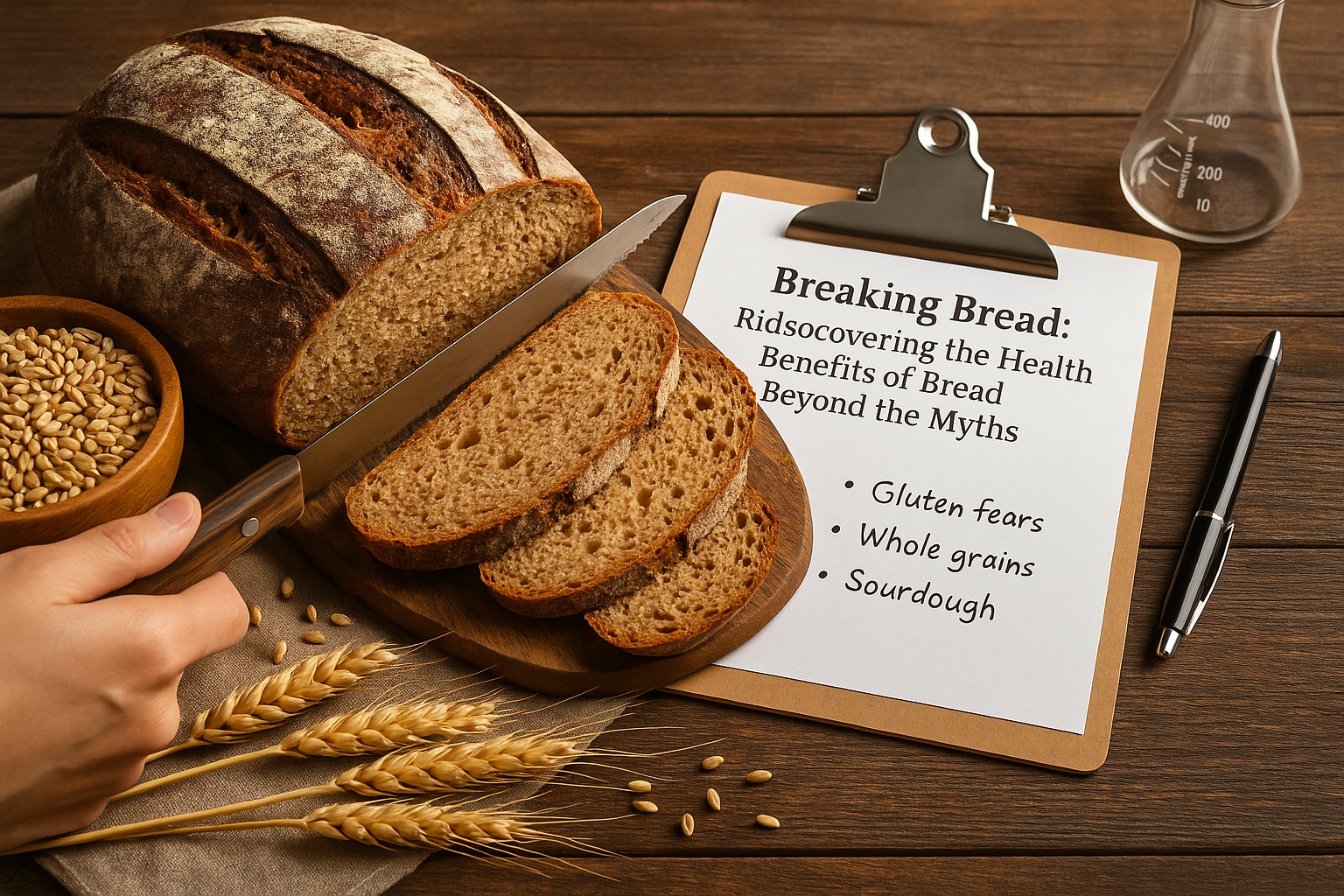Trending searches
Trending searches

My Hydrocolloid Companion Table: Compare Gums, Pectins & Stabilizers
SUBSCRIBE TO OUR BLOG
Promotions, new products, and recipes.
My Hydrocolloid Companion Table
Welcome to My Hydrocolloid Companion Table — a clear, side-by-side guide to the most important gums, pectins, and stabilizers in modern food science. While your Hydrocolloid Comparison Table offers a quick overview, this companion table goes further, helping chefs, bakers, and food innovators compare functional properties, usage levels, and real-world applications at a glance. Think of it as your personal reference sheet when choosing the right hydrocolloid for any recipe or formulation.
Search and filter common gums, pectins, gelatins, and related ingredients. Click any ingredient to see full guides and recipes.
| Ingredient | Primary function | Vegan | Typical use % | Hydration / activation | Sets / key trigger | Texture / notes | pH & stability | Best uses & synergies |
|---|---|---|---|---|---|---|---|---|
| Agar-Agar | Gelling | Yes | 0.5–2.0 | Hydrate & dissolve near boil (85–95°C) | Sets on cool; no ions needed | Firm/brittle, thermo-reversible; poor freeze-thaw | Avoid strong acid; best ≥pH ~3.5 | Terrines, gels; synergy with LBG/Konjac to reduce brittleness |
| Gelatin | Gelling | No | 0.6–1.7 | Bloom in cold, dissolve ~50–60°C | Sets on cool (thermo-reversible) | Soft/elastic; clean melt | Works ~pH 4–9 | Panna cotta, gummies, aspic |
| Xanthan Gum | Thickening / stabilizing | Yes | 0.05–0.3 | Hydrates cold or hot | Shear-thinning viscosity | High stability; suspends solids | Stable wide pH, freeze-thaw excellent | Dressings, sauces; strong synergy with LBG/guar/konjac |
| Guar Gum | Thickening | Yes | 0.2–0.8 | Hydrates cold; faster with shear | N/A (no gel) | High cold viscosity | Best ~pH 4–10 | Gluten-free baking; synergy with xanthan |
| Locust Bean Gum | Thickening / stabilizing | Yes | 0.1–0.5 | Hydrates best hot (≈85–90°C) | N/A (no gel alone) | Creamy body; slows ice growth | Good dairy stability | Ice cream, yogurt; synergy with xanthan & κ-carrageenan |
| Tara Gum | Thickening / stabilizing | Yes | 0.1–0.5 | Hydrates warm-hot (~60–80°C) | N/A | Balanced body; clean flavor | General pH tolerant | Dairy, sauces; synergy with carrageenan/xanthan |
| Gum Arabic (Acacia) | Emulsifying / stabilizing | Yes | 0.2–1.0 | Hydrates cold | N/A | Very high solubility; film-forming | Wide pH; beverage stable | Beverage emulsions, confectionery |
| Gum Tragacanth | Thickening / stabilizing | Yes | 0.1–0.5 | Hydrates slowly (cold); allow time | N/A | Acid-tolerant, smooth body | Acid stable | Icings, confectionery, sauces |
| Sodium Alginate | Gelling / thickening | Yes | 0.5–2.0 | Hydrates cold (shear helps) | Gels with Ca²⁺ (cold-set) | Irreversible, tender to firm | Broad pH; acid may weaken | Spherification, noodles; pair with CaCl₂/Ca-lactate |
| Calcium Alginate | Gelled form (result) | Yes | — | N/A (insoluble gel) | From alginate + Ca²⁺ | Heat-stable cold-set gel | pH tolerant | Encapsulation, beads/spheres |
| Carrageenan (Kappa) | Gelling | Yes | 0.2–1.0 | Hydrates hot | Strong gel with K⁺ | Firm/brittle; dairy-friendly | Best above ~pH 4 | Chocolate milk, processed cheese; synergy with LBG |
| Carrageenan (Iota) | Gelling | Yes | 0.2–1.0 | Hydrates hot | Elastic gel with Ca²⁺ | Soft, cohesive; low syneresis | Good dairy stability | Dairy desserts, gummies |
| Carrageenan (Lambda) | Thickening / stabilizing | Yes | 0.1–0.5 | Hydrates cold/hot | Does not gel | Silky viscosity | Acid tolerant in beverages | Chocolate milk, protein shakes |
| Gellan Gum (Low Acyl) | Gelling | Yes | 0.05–0.3 | Hydrates ≥85–90°C | Sets on cool (cations) | Firm/brittle, very clear; great freeze-thaw | Wide pH | Cuttable gels, fluid gels |
| Gellan Gum (High Acyl) | Gelling | Yes | 0.05–0.5 | Hydrates ≥85–90°C | Sets on cool (cations) | Soft/elastic, creamy mouthfeel | Wide pH; heat stable gels | Dairy/alt-dairy, puddings |
| Pectin (HM) | Gelling | Yes | 0.5–1.0 | Hydrates hot | Requires high sugar & low pH | Classic jam/jelly set | Best pH ~2.8–3.4 | High-sugar jams & glazes |
| Pectin (LM) | Gelling / stabilizing | Yes | 0.3–1.0 | Hydrates hot | Gels with Ca²⁺ (low sugar) | Thermally stable, low syneresis | Acid dairy tolerant | Low-sugar jams, acidic milk drinks |
| Methylcellulose | Hot gelling / foams | Yes | 0.5–2.0 | Hydrates cold; gel on heat | Thermo-reversible (hot-set) | Unique hot gels; film-forming | Broad pH | Hot gels, batters, vegan meats |
| Lecithin | Emulsifier / foaming | Yes* | 0.3–1.0 | Hydrates; shear disperses | Reduces surface tension | Stabilizes emulsions/foams | pH flexible | Vinaigrettes, airs; synergizes with xanthan (*verify source) |
| Konjac Glucomannan | Gelling / thickening | Yes | 0.2–1.0 | Hydrates cold; heat/alkali strengthen | Thermo-stable elastic gels | Very high viscosity at low % | Stable; good freeze-thaw | Noodles, gummies; synergy with xanthan/κ-carrageenan |
| CMC (Carboxymethyl Cellulose) | Thickening / stabilizing | Yes | 0.2–1.0 | Hydrates cold | N/A | Smooth body; controls ice growth | Acid grades available | Ice cream, sauces, bakery |
Notes: Use ranges are typical starting points; optimize per formulation, solids, pH, salts, and process. “Vegan” reflects typical sourcing; confirm supplier specs for your SKUs.

|
About the Author Ed is the founder of Cape Crystal Brands, editor of the Beginner’s Guide to Hydrocolloids, and a passionate advocate for making food science accessible to all. Discover premium ingredients, expert resources, and free formulation tools at capecrystalbrands.com/tools. — Ed |
Related Posts

Inside the Pumpkin Latte: What’s Really in Your Cup (and a Better Homemade Version)

Breaking Bread: Rediscovering the Health Benefits of Bread Beyond the Myths

New Era of Ingredient Transparency? How Congress, Industry and Regulators Are Colliding Over Food Dyes and Additives
Enjoyed this post? Subscribe to The Crystal Scoop
Food-science tips, ingredient know-how, and recipes. No spam—unsubscribe anytime.
- Choosing a selection results in a full page refresh.
POLICY PAGES
QUICK LINKS
Guar Gum
Cape Crystal Brands, 18 Bank St., Suite 1, Summit NJ 07901.
- Phone: +1 908-273-5600
- Email: info@capecrystalbrands.com
- Tax ID: 26-2477626000
- FDA Facility Registration # 16980627550
- Kosher Certified: OKosher.org
Country/region
© 2025, Cape Crystal Brands | Sitemap
